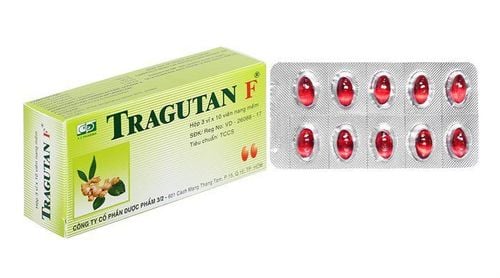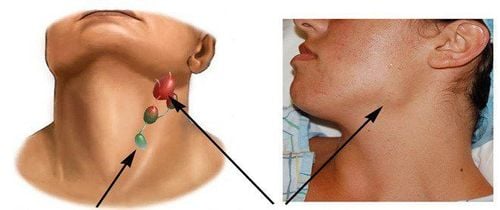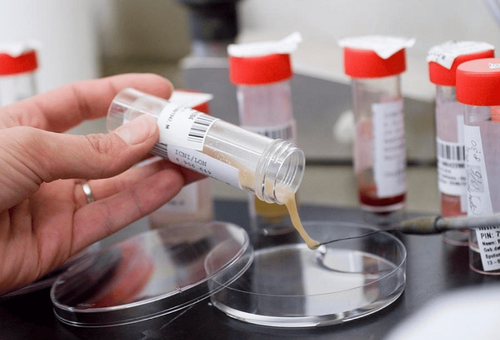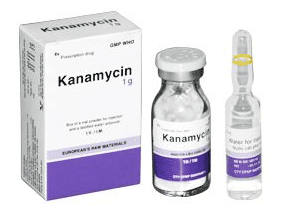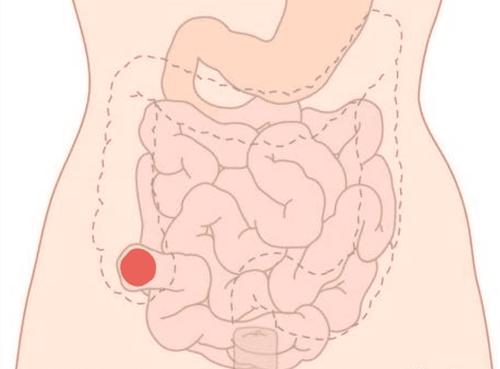This is an automatically translated article.
The article was professionally consulted by Dr. Phan Dinh Thuy Tien - General Internal Medicine - Department of Examination & Internal Medicine - Vinmec Nha Trang International General Hospital.Multi-drug-resistant tuberculosis (MDR-TB) is an extremely dangerous form of tuberculosis with side effects that seriously damage the health of patients. Treatment of drug-resistant TB is expensive, and the treatment time is many times longer than that of people with normal TB.
1. What is drug-resistant tuberculosis?
Drug-resistant TB is a disease in which the TB bacteria are resistant to anti-TB drugs, making treatment difficult and the patients themselves becoming a source of danger to the community. Having drug-resistant TB will cause patients to face serious health conditions along with treatment that consumes a lot of time and money.Causes of drug-resistant TB include:
The patient does not take adequate treatment according to the instructions of the TB specialist. Due to improper treatment by the physician (incorrect drug combination, incorrect medication instruction, incorrect medication instruction, etc.), or when the patient is treated by a physician who does not understand know about the specialty in the private clinic. In addition, patients may also have drug-resistant tuberculosis before treatment (inhaling drug-resistant TB bacteria from a community source).
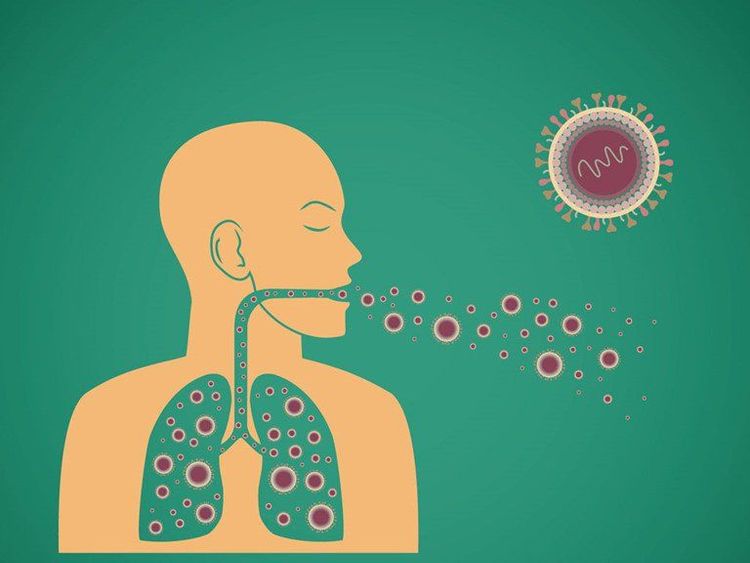
Lao kháng thuốc là tình trạng bệnh mà vi khuẩn lao kháng lại các thuốc chống lao
2. Why did TB bacteria become drug-resistant?
Drug-resistant tuberculosis is very dangerous and is on the rise, many theories have been put forward for this trend, but the gene mutation theory is the most interesting:Scientists believe that TB bacteria are resistant. Medicine is a natural change without the impact of drugs to treat tuberculosis. Anti-TB drugs here only have a selective role, that is, destroy non-resistant strains, while drug-resistant strains still exist and are increasing. TB drug resistance is thought to be a random mutation of the TB chromosome that is selected during treatment due to not using adequate doses and not combining drugs together. Vietnam is in the group of 30 countries with the highest burden of MDR-TB in the world, ranking 16th out of the 30 countries with the highest number of patients mentioned above. ( WHO - Global tuberculosis report 2018) Drug-resistant tuberculosis can be primary or secondary. Primary drug-resistant TB refers to strains of bacteria that are resistant to drugs in TB patients with no previous history of TB treatment or less than one month of TB treatment. Acquired drug-resistant TB is drug resistance that occurs in patients who have been treated for more than 1 month.
3. Manifestations of drug-resistant TB
Clinical: In patients with drug-resistant TB during TB treatment, symptoms such as fever, cough, sputum production do not improve or decrease for a period of time and then reappear with increasing symptoms, the patient continuously declines. weigh.Subclinical: Some drug-resistant TB patients have AFB test positive continuously or negative for a while and then positive again or positive, alternating negative. Antibiogram shows resistance to first-line anti-TB drugs and/or second-line injectable drugs. X-ray lesions are not significantly different from patients with normal TB.

Bệnh lao kháng thuốc rất nguy hiểm và đang ngày càng có xu hướng gia tăng
4. How to diagnose drug-resistant TB?
Definitive diagnosis of drug-resistant TB should be based on antibiogram or authenticated rapid diagnostic tests such as Hain test, Gene Xpert MTB/RIF,... with the following classification of drug-resistant TB:Resistance to prescription drugs : Resistant to only one first-line anti-tuberculosis drug, Rifampicin. Multidrug resistance: Resistance to 2 or more first-line anti-TB drugs but not to rifampicin. Rifampicin-resistant TB: Resistant to rifampicin and may or may not have additional resistance to other first-line anti-TB drugs (which can be prescription-resistant, multi-drug resistant, multidrug-resistant, or super-resistant) Multidrug-resistant (MDR) -TB): Simultaneous resistance to at least 2 anti-tuberculosis drugs, isoniazid and rifampicin. Pre-super-resistant: Multi-resistant TB with additional resistance to any fluoroquinolone or to at least one of the three second-line drugs (Capreomycin, Kanamycin, Amikacin) (but not both) Super-resistant (XDR-TB): MDR-TB with additional resistance to any of the fluoroquinolones and at least one of the three second-line injections listed above.
5. Treatment of drug-resistant TB
Treatment of multidrug-resistant tuberculosis requires a combination of multiple drug classes, lasting at least 9 months. Patients need to follow the treatment according to the doctor's instructions and will be monitored by the doctor for treatment response and adverse effects of the drug through many tests (blood, sputum, fluid, chest X-ray, CT scan, internal medicine, etc.) soi...) to help patients achieve the effect of cleaning bacteria, avoiding community spread.Vinmec International General Hospital currently provides the BCG vaccination service against TB of the company Vaccines and Medical Biologicals, which is manufactured in Vietnam.
The advantages of vaccination at Vinmec International General Hospital include:
Vaccines are imported and stored in a modern cold storage system, with a cold chain meeting standards. GSP standards, keeping vaccines in the best condition to ensure quality. Customers will be examined by specialist doctors, fully screened for physical and health problems, advised on preventive vaccines and injection regimens, how to monitor and take care of them after vaccination. Indications for vaccination according to the latest recommendations of the Ministry of Health & World Health Organization to ensure the best effectiveness and safety for children. Undertake medical supervision before, during and after vaccination at Vinmec Health System and always have an emergency team ready to coordinate with the vaccination department to handle cases of anaphylaxis, respiratory failure - circulatory arrest, ensuring Ensure timely and correct handling when incidents occur. The vaccination room is airy, with a play area, helping customers feel comfortable and have a good mentality before and after vaccination. A team of experienced and professional pediatric doctors and nurses, understand children's psychology and apply effective pain relief methods for children during the vaccination process. 100% of vaccinated customers are monitored 30 minutes after injection and reassessed before leaving. For customers who are children, parents will receive a reminder message before the injection date and the child's vaccination information will be synchronized with the national immunization information system. Doctor Thuy Tien has 18 years of experience in medical examination and treatment. Currently working as a General Internal Medicine Doctor, Department of Medical Examination and Internal Medicine, Vinmec Nha Trang International General Hospital.
MORE:
How many types of tuberculosis are there? Pregnant women are susceptible to tuberculosis, why? What is the difference between lymph node and pulmonary tuberculosis?
Please dial HOTLINE for more information or register for an appointment HERE. Download MyVinmec app to make appointments faster and to manage your bookings easily.




